Transport for the North remains committed to connecting the North; making Northern transport easier, faster and more accessible for all.
A key part of this vision was the development of our Strategic Development Corridors which focus on seven key areas where we believe transport connectivity can be improved. One of these areas identifies the benefits of linking the ‘Energy Coasts’.
In our ‘Connecting the North’ series, we will look in detail at each of these corridors to understand the progress that has already been made, and the future opportunities they will provide, with insight from the key transport authorities those areas.
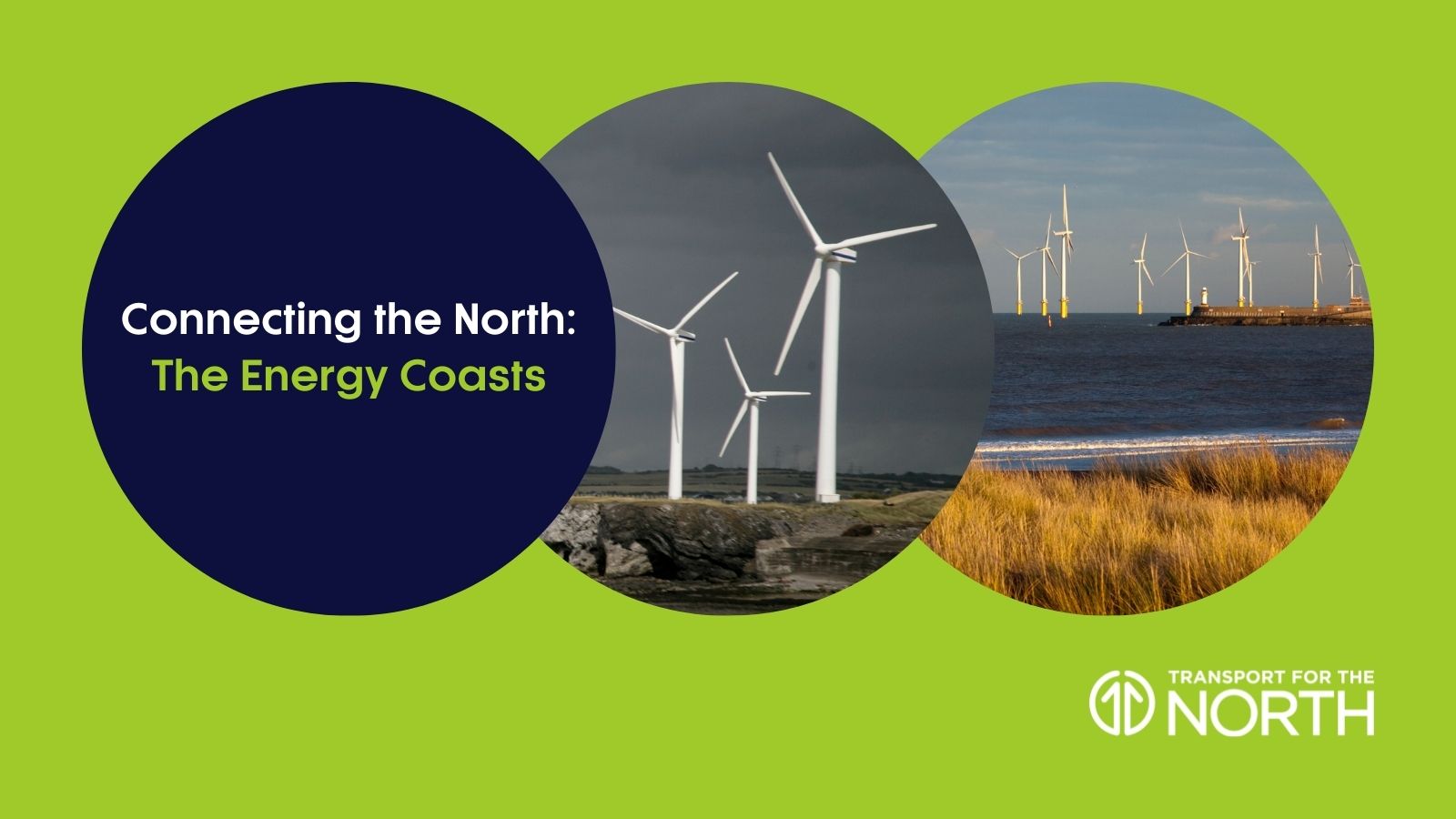
The ‘Energy Coasts’ are areas of coastline in the north – on both the east and west sides of the country, and include the regions of the North East, Tees Valley, Lancashire and Cumbria. These ‘Energy Coasts’ are so-called due to the fact they have particularly strong winds and waves for a large portion of the year, host large proportions of renewable energy sources, and have a real expertise in the nuclear sector.
In the past few years, a strategic development corridor plan has been laid out to show how Transport for the North is planning build the case for connecting these ‘Energy Coasts’, and in turn provide economic growth and opportunity, with the full corridor aiming to be completed by 2050.
Strengthening the transport links between the ‘Energy Coasts’ would allow for greater access between some of the UK’s most important low-carbon energy and research assets within this ‘corridor’.
The creation of efficient transportation systems is critical in supporting communities along this route to remove barriers to inward investment.
Connecting the coasts would also mean that greater employment, supply chain and housing opportunities become available. Not only this, but with coastal regions always proving popular with tourists, especially year-round favourite destinations such as the Lake District and Blackpool, investment in transport would undoubtedly boost leisure and tourism revenue.
As part of Transport for the North’s strategic transport investment plan, these areas of the UK could receive a share of £100 billion funding, and the creation of 850,000 jobs by 2050.
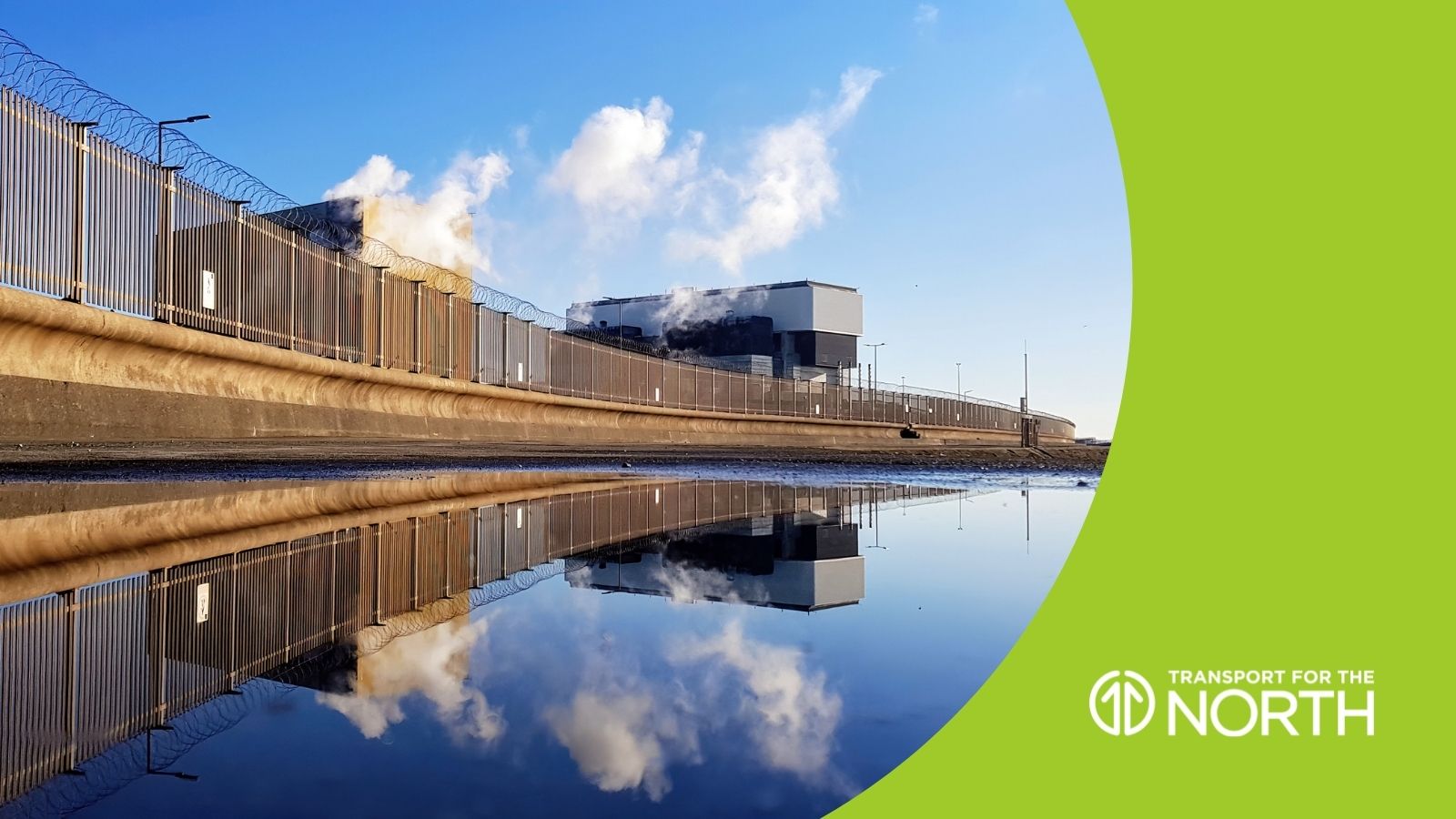
Lancashire County Council’s involvement in the Connecting the Energy Coasts project has allowed them to be able to highlight the significant amount of energy-related assets on the Lancashire coast. This has enabled them to raise the pressing matter of improving connectivity to key energy assets, like the servicing of offshore renewable energy out of Heysham and the Lancashire Energy HQ, which is located in the Blackpool Airport Enterprise Zone.
County Councillor Michael Green, said: “To tap into these opportunities, we have pressed for wider connectivity across the Fylde Coast to be included into the strategy, emphasising the opportunities for increased rail connectivity, especially in relation to potential reopening of the station and connecting branch line at Fleetwood.
“We have also raised the need for improvements to the South Fylde Line. Currently the line is single track with no passing loops, offering limited rail connectivity. Facilitating two trains per hour in each direction would have significant positive impacts for connectivity, the visitor economy and the local environment. Without investment, the South Fylde Line linking Preston with Lytham St Annes and Blackpool South will remain a key weakness in the Fylde Coast public transport network.”
Lancashire County Council has also emphasised the need for greater connectivity in the Morecambe Bay area, especially in light of the nationally significant Eden Project North initiative.
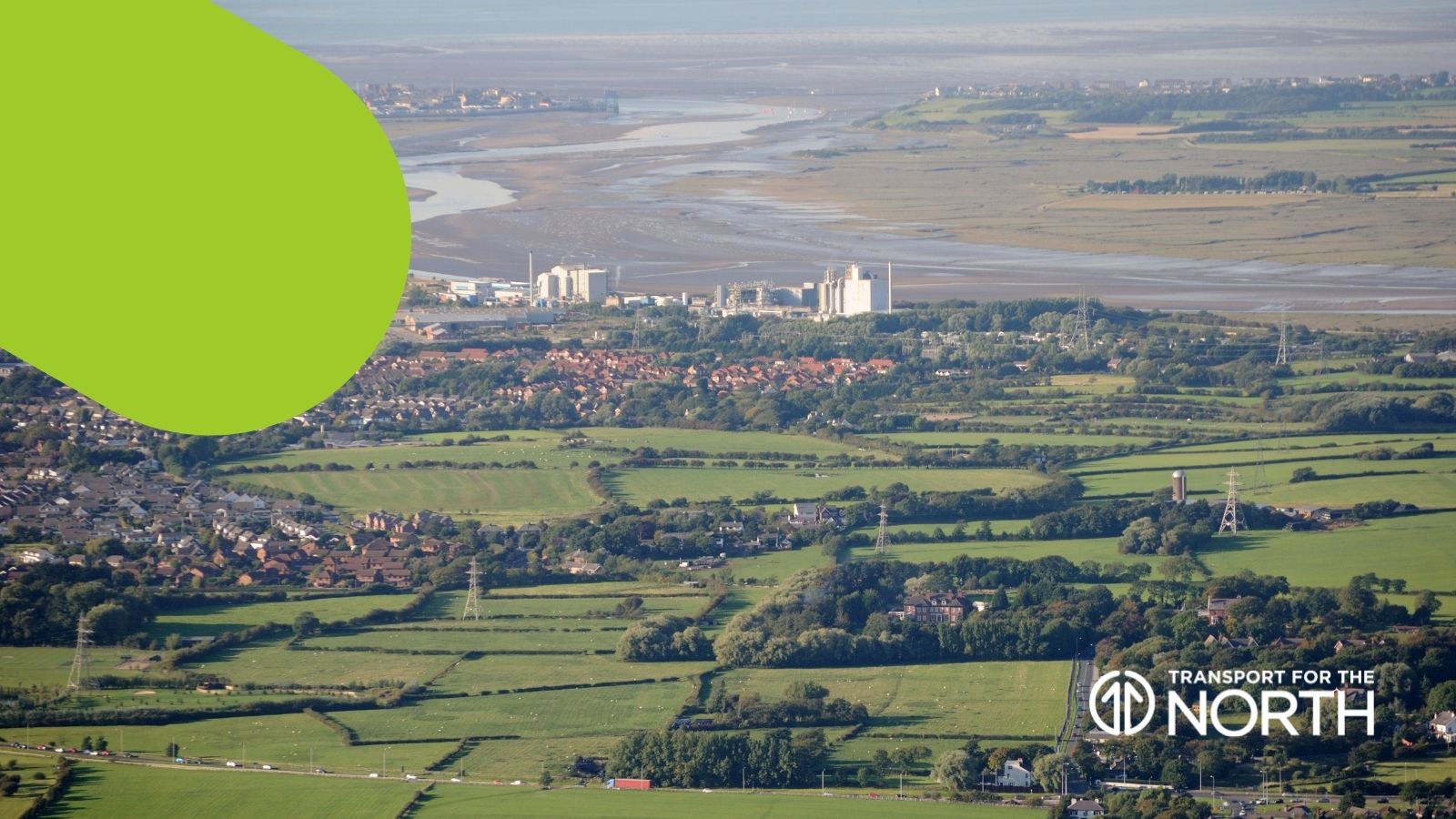
“It’s not just rail on the agenda for improvement,” County Councillor Green states.
“From a roads perspective, connectivity across the Fylde Coast is expected to improve on the completion of the Windy Harbour to Skippool scheme. However, we have emphasised the need for further improvements and have asked for the study to reference the need to secure funding to upgrade the unimproved length of the A585 between the M55 and Windy Harbour through the future Road Investment Strategy.
“Further to the issues of connectivity we were able to raise as part of the study, involvement within the project has enabled us to have regular dialogue with partnering transport authorities and other governmental bodies and this proved very useful in terms of sharing best practice and highlighting emerging funding streams.”
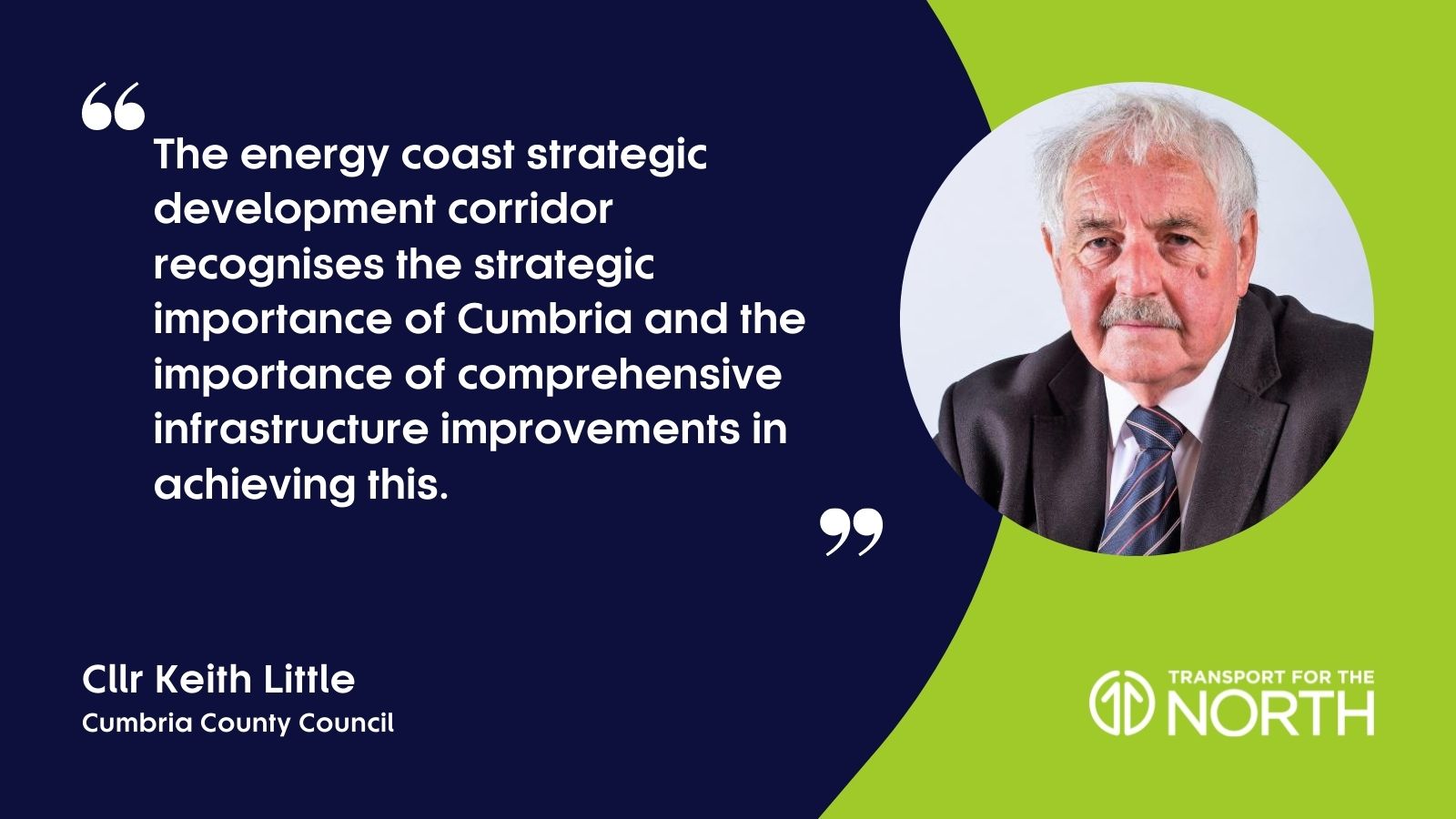
The importance of Cumbria as a key economic region needs to be recognised by other regions and spokespeople, according to Cumbria County Council’s cabinet member for Highways and Transport, Keith Little.
He said: “The energy coast strategic development corridor recognises the strategic importance of Cumbria and the importance of comprehensive infrastructure improvements in achieving this.
“It’s important that Cumbria speaks with one voice on these issues and presents a compelling and unified argument in favour of the investment the county, and the region, needs. This is great opportunity and we intend to grasp it.”
The Cumbrian Rail Programme Board has been working with the Department for Transport to make a case for rail improvements and to the Cumbrian Coast Line.
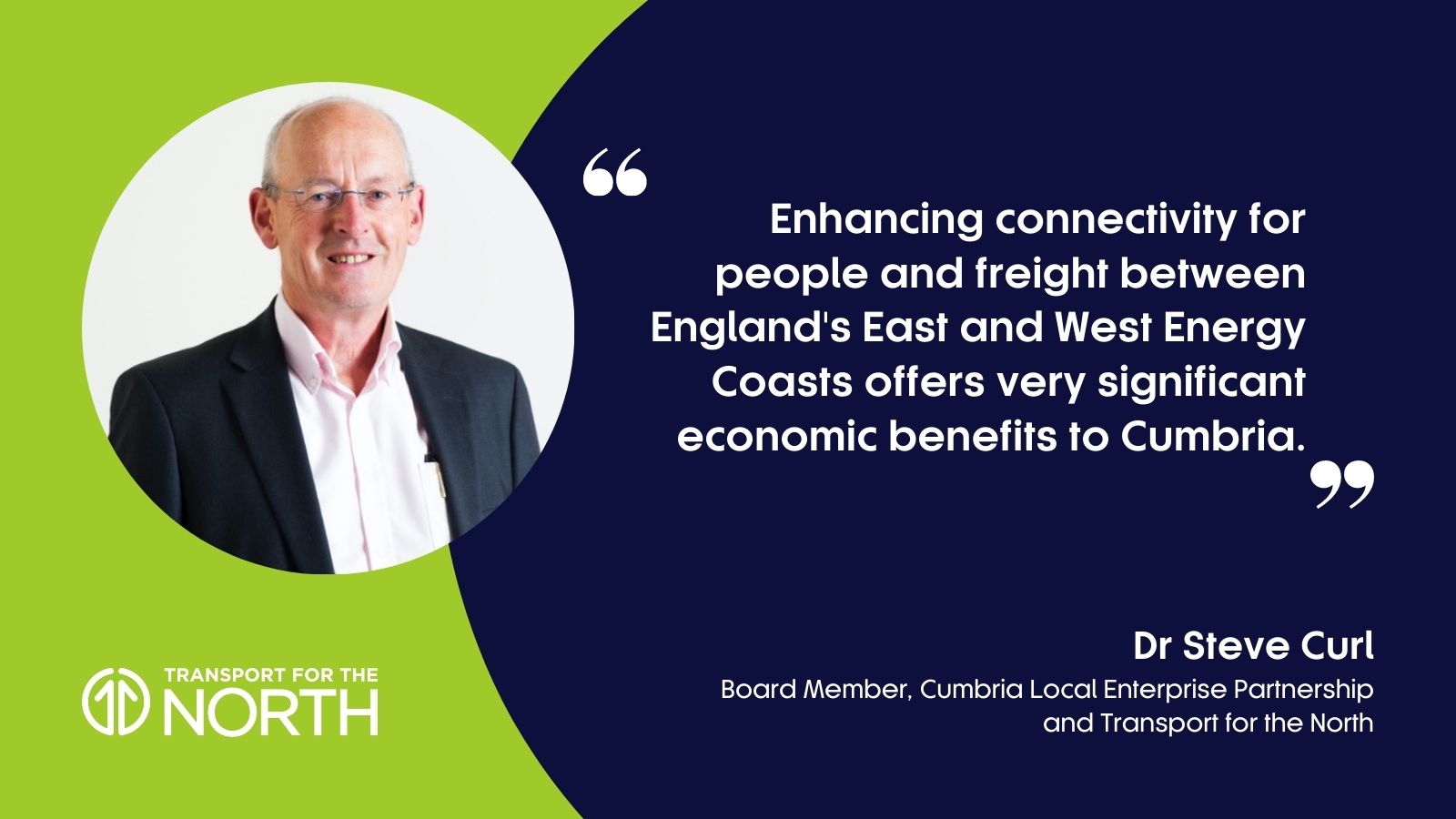
Dr Steve Curl, Board Member of the Cumbria Local Enterprise Partnership and Transport for the North said: “Enhancing connectivity for people and freight between England’s East and West Energy Coasts offers very significant economic benefits to Cumbria.
“The County already hosts some of the UK’s biggest wind farm capacity on and offshore and is internationally renowned as a centre of excellence for nuclear technology.
“The county is a very substantial net exporter of electricity and has big ambitions towards the Government’s net zero objective by 2050. Cumbria and especially West Cumbria has considerable further potential to play a leading role in sustainable or green energy developments, including renewables, nuclear and hydrogen technology.
“Major transport projects in development for Cumbria in support of these energy objectives include both road and rail. Improvements to the A595 to the West Coast from Carlisle and then South down the Energy Coast towards Barrow in Furness, as well as improvements to the A590 connecting Lancashire and South Cumbria to Barrow, are all important to the County’s energy industries and our wider economy.”
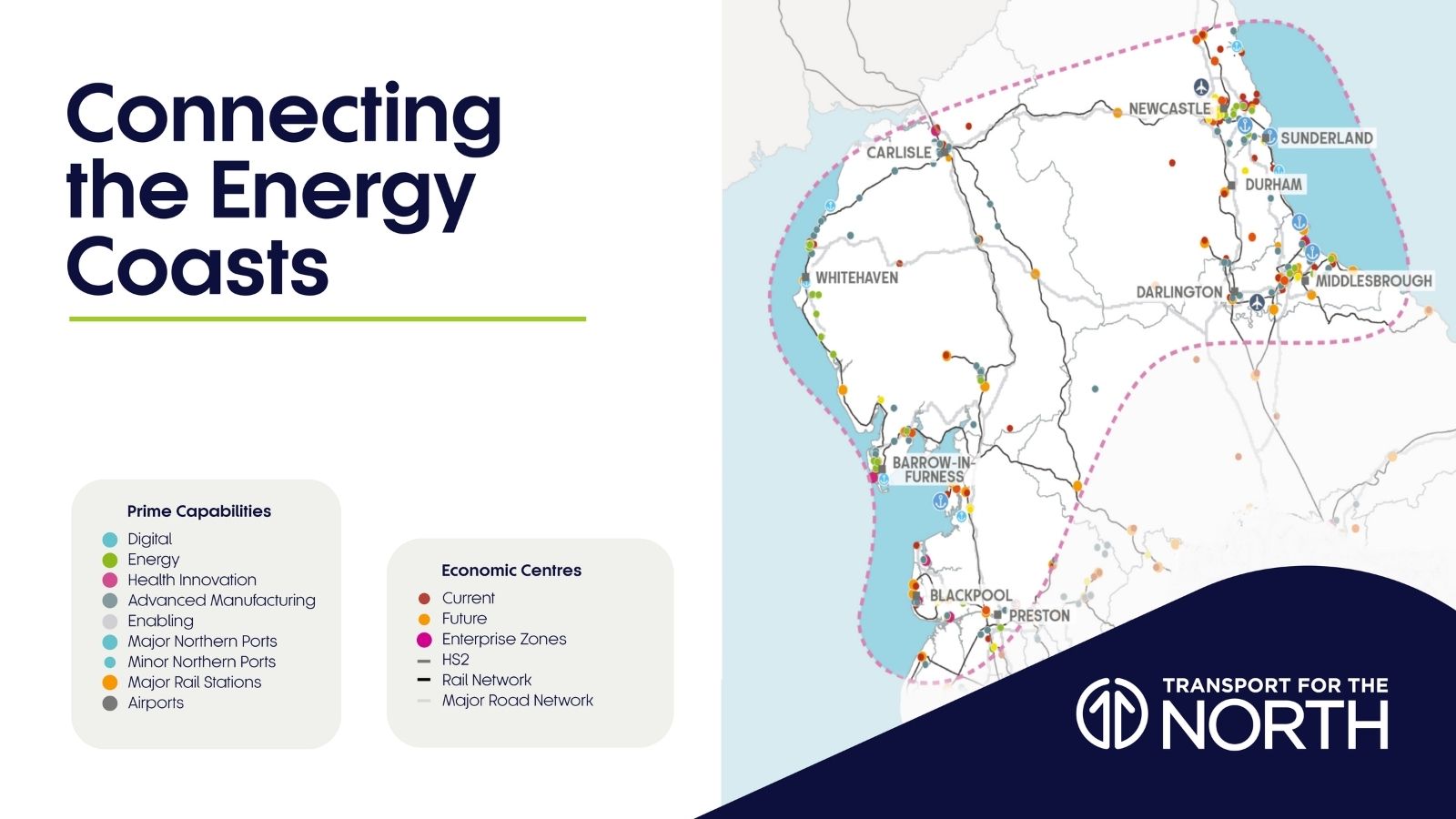
“The same goes for improvements for the Furness and Cumbria Coastal Rail Lines. The latter is already the subject of development work by Network Rail with financial support from the Cumbria LEP. The County is also supporting development of its West Coast ports including Barrow and Workington.
“As an active participant in the Northern Powerhouse and Transport for the North, Cumbria is and will remain strongly committed to improved infrastructure and better connections across the Country between the Energy Coasts.”